Nakayama is in between Narita And Haneda International Airport
<クッキーについての同意並び欧州居住者向けプライバシーポリシー>
中山・下総・散歩道
The Verenable Nichijo And Naki-Icho (The Crying Ginkgo)
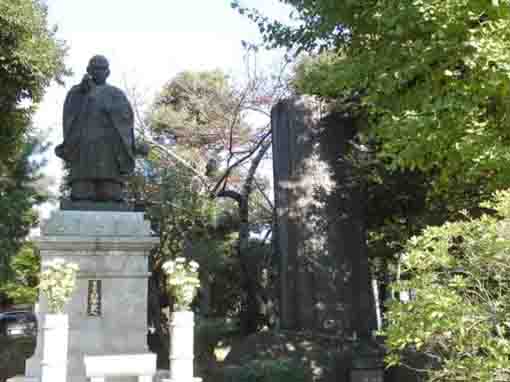
The Verenable Nichijo And Naki-Icho (The Crying Ginkgo)
In the north of the Soshi-do hall, there is a tall statue standing, it is the statue of the verenable Nichijo who was the first abbot of Nakayama Hokekyo-ji. And behind the Ema-do hall that stands on the east side of approch the Soshi-do hall, there is a big ginkgo tree satanding up to the sky is called 'Naki-Icho' (the crying Ginkgo) that also has a legend connecting to the venerable Nichijo and his son. And Next to the ginkgo tree, Komagata-do that he buried his horse there stands, so he dedicated it and built this small shrine.The First Abbot Of Nakayam Hokekyo-ji Temple , The Verenable Nichijo(1216-1299)
The personal history of the venerable Nichijo
| 1216 | He was born in Toki-gun, Inaba-no-kuni (Tottori prefecture) |
| 1253 | He became the faithful believer of Nichiren |
| 1260 |
The Founder Nichiren escaped to Nakayama as he met the fire at Matsubagaya, then Jonin Toki (later he became a priest, and he named Nichijo) built the Hokke-do for him, This was the begining of Nakayama Hokekyo-ji Temple. |
| 1264 |
He was given the statue of Kishibojin (goddess of children) carved by Nichiren when he escaped to Nakayama again as he was attacked at Komatsubara. |
| 1269 |
Nichiren wrote him 'Monchu-Tokui-no-Sho'. (Nichiren gave him how to behave in front of the officers at Kamakura Bakufu (The Shogun's Office) |
| 1271 | Nichiren wrote to him 'Teradomarigosho'. |
| 1273 | Nichiren wrote to him 'Kanjin-honzon-sho'. (the national treasure) |
| 1274 | Nichiren wrote to him 'Hokkeshuyosho'. |
| 1276 | His mother passed. Nichiren wrote to him 'Bojikyoji'. |
| 1277 | Nichiren wrote to him 'Shishingohonsho'. |
| 1282 | The Founder Nichiren passed. |
| 1294 | He built Hokke-ji Temple and changed his name from Jonin to Nichijo. |
| 1299 |
He wrote 'Hioki-no-humi' in March 2nd, 'Nichijo-Shuin-honzon-shogyo-no-koto' (the list of letters and important writings written by the founder Nichiren) in March 6th. In March 20th, he passed at 84 years old. |
参考
法華経寺ホームページより
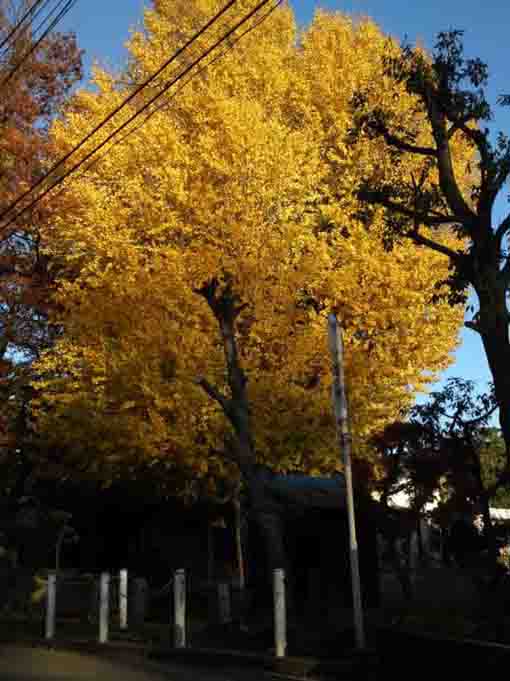
The Story Of Naki-Icho Regend (The Story Why It Is Called The Crying Gingko)
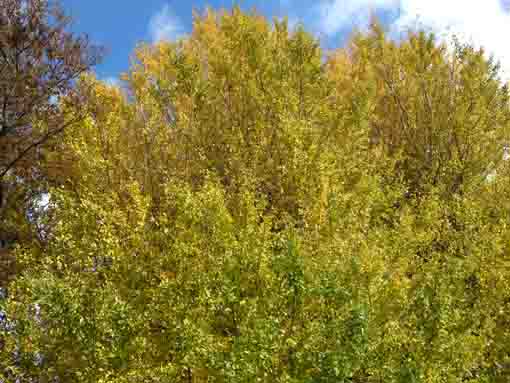
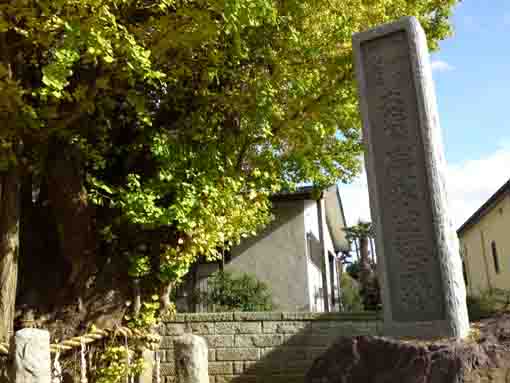
The Venerablo Nichyo and the Gingko Tree
In 1284, the disciple of the founder Nichiren gathered at Ikegami in Tokyo to hold a Buddhist memorial service for the second anniversary of his death since two years after he had passed. Nichiro from Kamakura, Nikko from Minobu, Nikko from Fuji, Nichijo from Nakayama and so many disciples with their supporters and believers came from throughtout Japan. However, Niccho, the son of Nichijo, had not come yet. Niccho was appointed one of 'Roku-rososo' (the six great disciples of Nichiren) by the founder Nichiren himself as leaders to mission. The father Nichijo was worried about him and waited for him impatiently. But it was time to start the ceremony at 2 o'clock in the afternoon, but he didn't come.Niccho had a debate about Buddhism with priests belonging to the other sect on his way to Ikegami. Their discussed all day long for three days. Finally, he out-argued them down. Then he delightfully started to walk to Ikegami again. However, it was so late that his father had left for Nakayam when he reached at there.
He immediately chased after him to go to Nakayama to beg his forgiveness of his lateness, so he believed that his father would forgive him cheerfully and praised him of defeating other sect. Though Niccho explained the reason, the father said that he could discuss anytime you like, but the day of the second anniversary would never come. The father scolded his son that it might be his ingratitude to his master Nichiren since he had not attend the ceremony on time.
Niccho deeply examined himself. And he chanted sutras with tears while walking around and around a ginkgo tree to beg his forgiveness. Though he chanted the repentance for seven days with his crying, his father did not forgive him. Finally, Niccho disappeared. This is the legend that the gingko tree behind the Ema-do is called 'Naki-Icho' (the crying gingko tree).
17 years had passed, Niccho heard that his father fell into critical condition. He immediately rushed to Nakayam and begged his forgiveness, but the father did not. Nichiro, one of the Roku-Rouso (the great disciple of Nichiren) was touched with pity for them, he asked Nichijo to forgive deeply regretted his son. However, the father said that it would be an instruction for supporters and believers in future to tell how the anniversary of their masters and parents would be important. Nichiro understood the father's heartbreaking thought. The father did not see his son anymore again. Niccho held his father's shirts and cried outside of his father's room. He heard from his younger sister that the father passed. Niccho could had not seen been forgiven for whole his life. After that, he went to Mt.Fuji to live in seclusion, and he never came out of.
This story is not only to tell how important the Buddhist service for the founder Nichiren is, but also to give the instruction to hold the anniversary services for ancestors. Don't forget your ancestors and those days for their anniversaries.
参考
日蓮宗尾張伝道センターホームページ「ここが知りたい日頂の泣き銀杏」より
The Location and Access to the statue of Nichijo and Naki Icho Tree
The statue of Nichijo and Naki Icho Gingko Tree
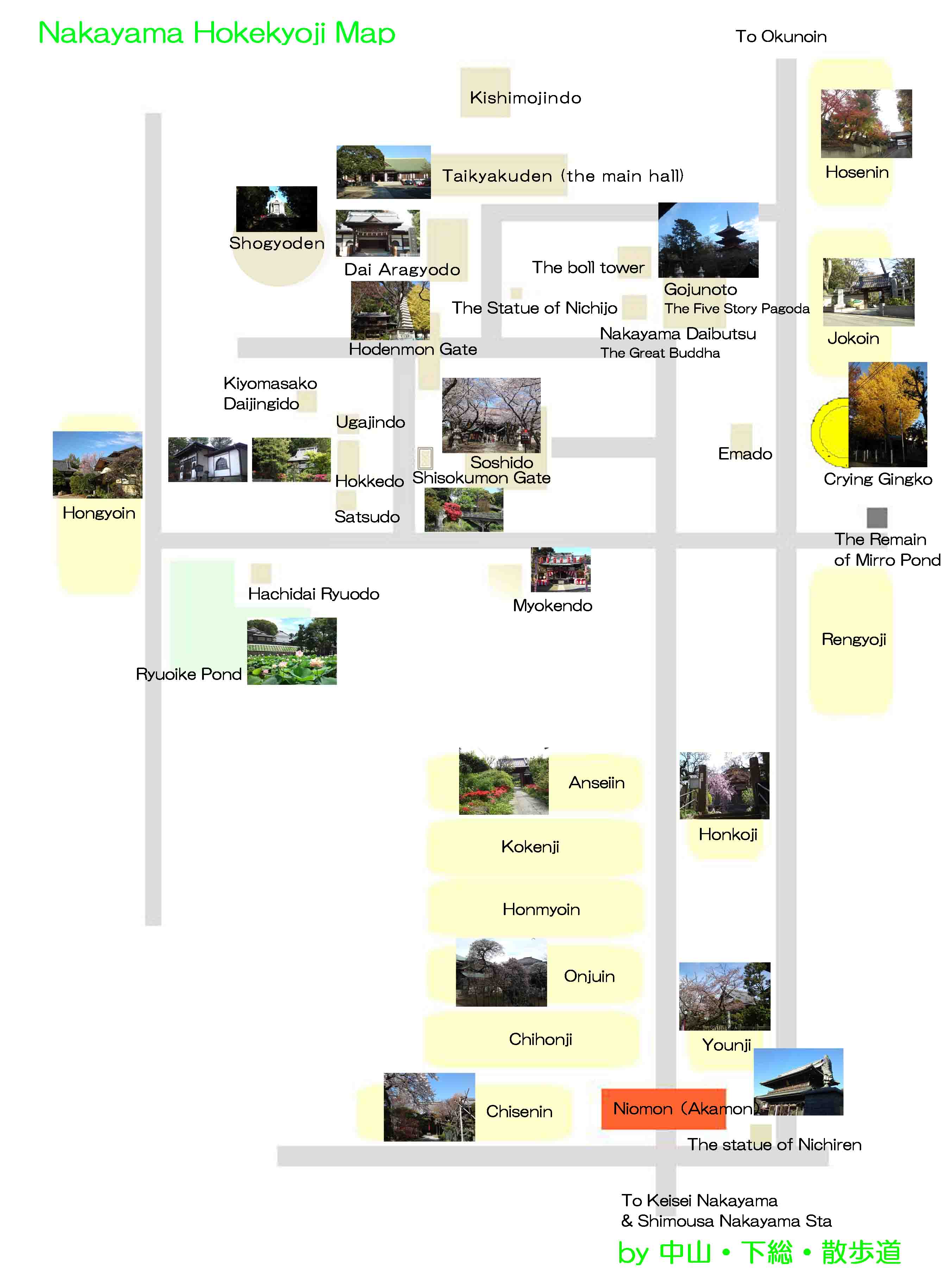
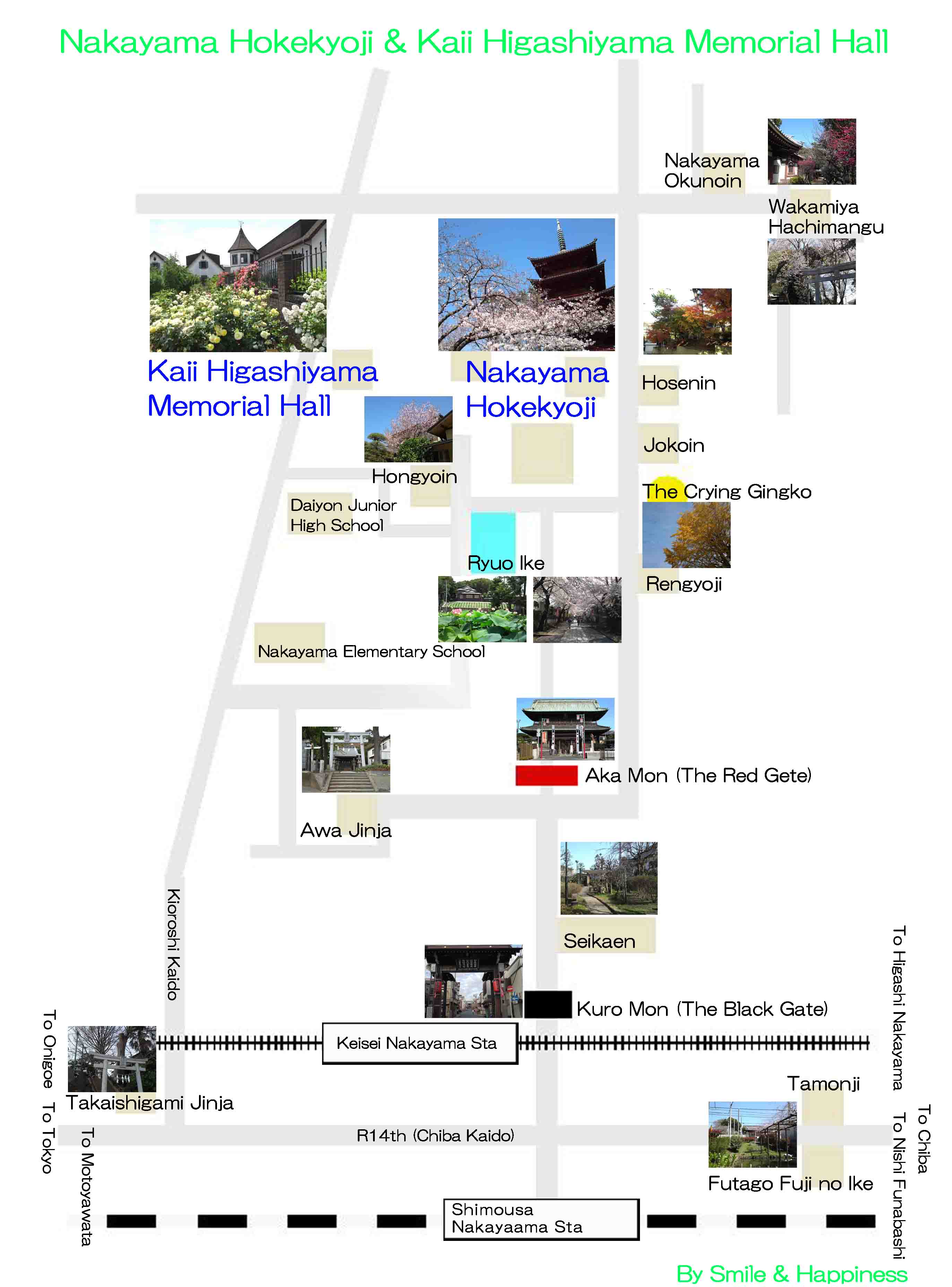
The map near Hokekyoji and Kaii Higashiyama Memorial Hall
PDF of the map near Hokekyoji and Kaii Higashiyama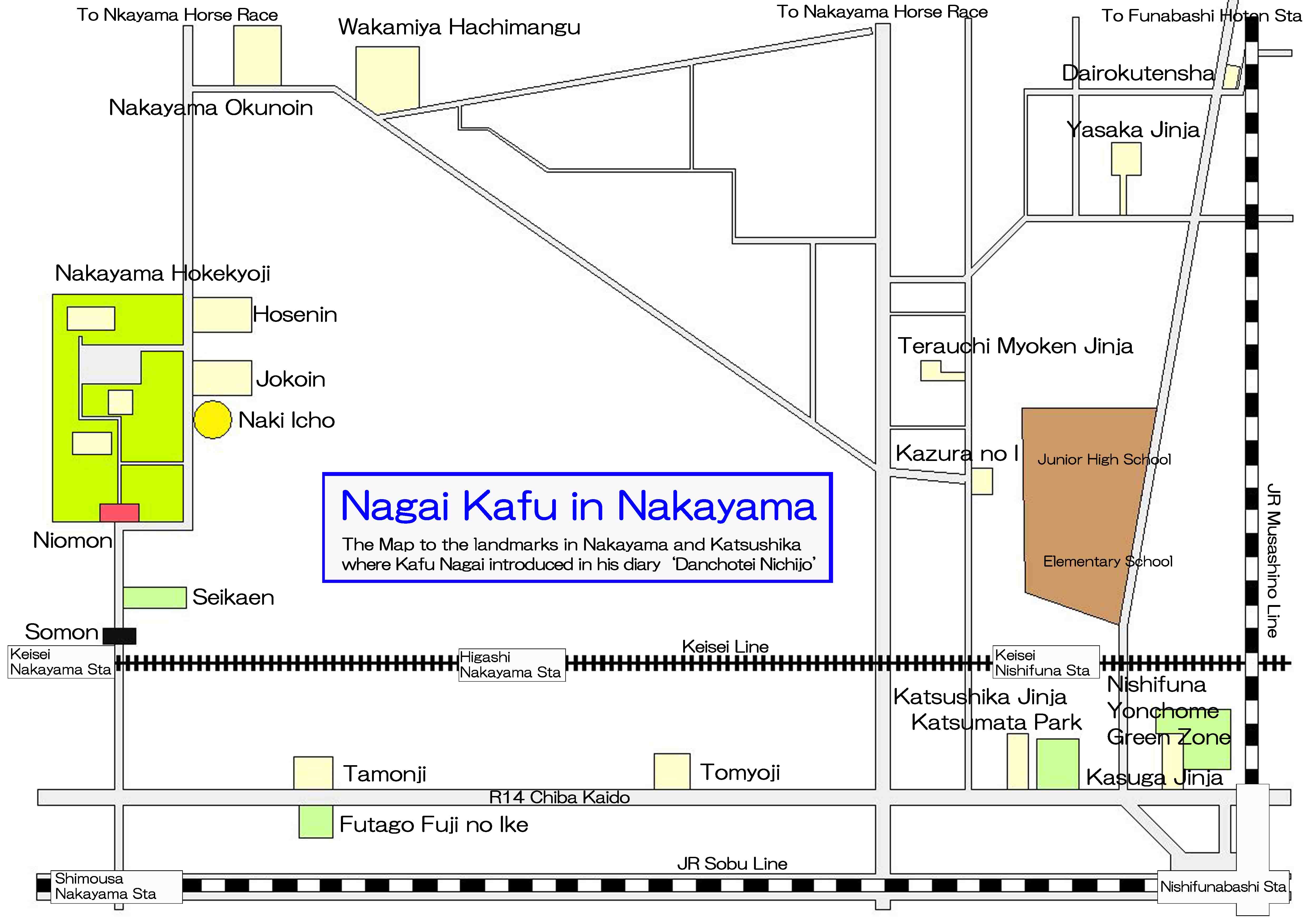
The map to the landmarks where Kafu Nagai introduced in his book
PDF of the map of the noted spots where Kafu Nagai visited- The statue of Nichijo and Naki Icho Gingko Tree in Hokekyouji Temple have great accessibilities from both Narita and Haneda International Airport.
- From Narita International Airport, take Keisei-line and get off Keisei-Nakayama Sta, take minimally 40 minutes from Narita Airport.. And also take JR Sobu-express line, transfer the line at Funabashi to Sobu-Local line, get off Shimousa-Nakayama Sta.
- From Haneda International Airport, take Keikyu-line bound to Narita, and get off Keisei-Nakayama Sta.
- From Tokyo Sta, take Sobu-Express line bound to Chiba or Narita, transfer the line to Sobu-Local line bound to Chiba, Tsudanuma, or Nishi-Funabashi at Ichikawa Sta, get off Shimousa-Nakayama Sta.
- From Akihabara Sta, take Sobu line bound to Chiba, get off Shimousa-Nakayama Sta.
- Take 4 minute walk from Keisei-Nakayama Sta, and take 7 minutes walk from Shimousa-Nakayama Sta.
- 2-10-1 Nakayama, Ichikawa-shi, Chiba-pref, Japan
Huge Gingko Trees on Legends
There are some huge gingko trees having some legends and stories in Ichikawa city. The National Natural Treasure Senbon Icho (the gingko tree having thousands trunks) in Katsushika Hachimangu Shrine in Yawata, Naki Icho (The Crying Gingko Tree) in Hokekyoji Temple in Nakayama and the gingko tree where Oguri Hangan stopped his horse in Shinmeiji Temple in Onigoe. Each tree has interesting story.Why don't you visit and see those huge gingko trees?
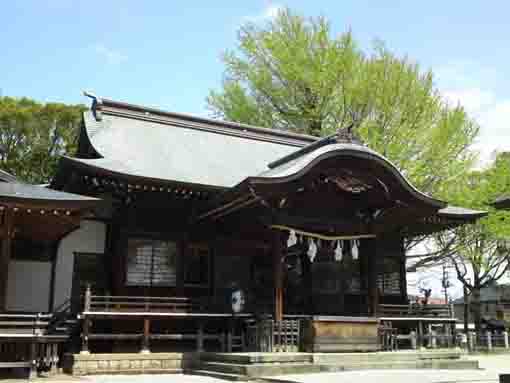
Senbon Icho Tree the National Natural Treasure in Katsushika Hachimangu Shrine
Katsushika Hachimangu Shiren has some historical sceneries.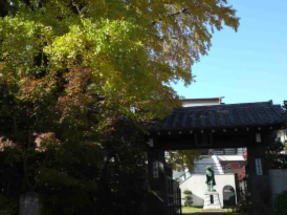
The Gingko Tree in Shimeiji Temple
The temple has the story about the samurai worrier in middle age Oguri Hangan.The Landmarks in Nakayama Hokekyouji Temple
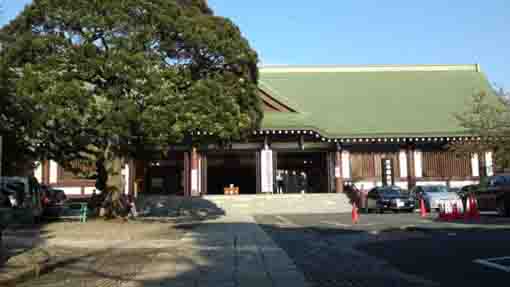
Honin(Taikyakuden)・Kishibojindo(Sonshindo)
Takikyakuden is the main hall of Hokekyoji and it has the business office and Kishibojindo Hall dedicated to the goddess of children on the end of the long corrido of the main hall.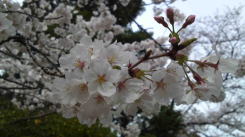
The Four Seasons In Hokekyoji
In spring, there is millions of cherry blossoms in Hokekyoji and in summer, lotus blooms on ryuo-ike pond. In fall, there are beautiful colored leaves. Every season, visitors could enjoy seeing the sights.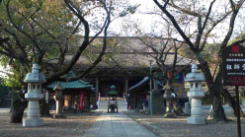
Soshido(Daido), the nationally important cultural property
It is characterized the twin hip-and-gable roof structure (hiyoku-irimoya-style), and hengaku written by Koetsu Honami hangs in front.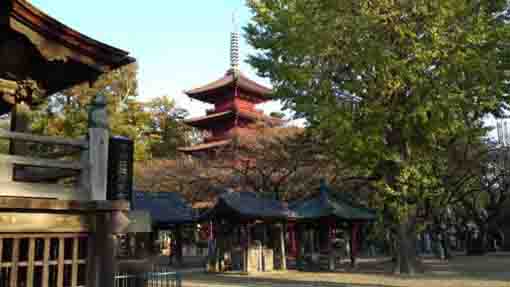
Goju-no-to (the five-story pagoda) , the nationally important cultural property
It was built in early Edo period (1622) by request of Koshitsu Honami supported by Maeda Family in Kaga.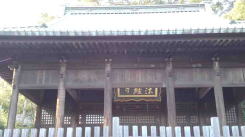
Hokke-do(the nationally important cultural property)
It was built in Kamakura period.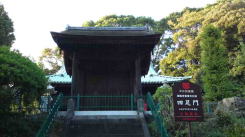
Yon-soku-mon (the nationally important cultural property)
It was moved from Aizen-dou in Kamakura 700 years ago.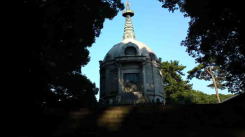
Shougyoden (the treasure hall)
It was designed by the famous architect Chuta Ito, it stores many scripts written by the Founder Nichiren.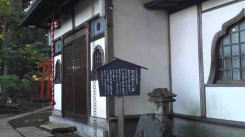
Shogan-jyoujyu-kigan-do (kiyomasa-kou-dai-zingi-do)
It enshrines Kiyomasa Kato, one of the most famous daimyo in Sengoku period.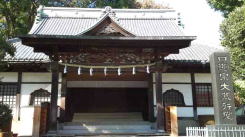
Aragyodo Hall (the hall where Buddhiist priests practice for 100 days in winter severly)
From Nov 1 to Feb 10, hundreds of Buddhist priests practice severly every year.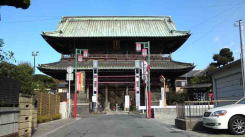
The Nio-mon Gate (The Deva Gate)
The henguku hunged in front of the gate was written by Koetsu Honami, famous artist in Momoyama Period.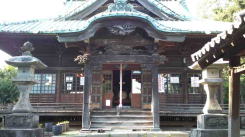
Setsu-do
It was built for worshipping Jurasetsunyo, Kishibozin, Daikokusama.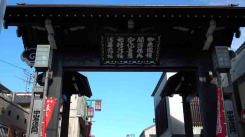
Black Gate(a tangible cultural asset by Ichikawa City)
It is also called Sou-mon (the main gate).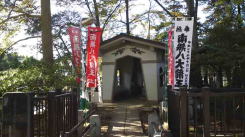
Hachidai-ryuo-do
The founder Nichiren built the small shrine to dedicate the dragon god to pray for rain.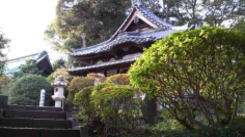
Ugazin-do
It enshrins Ugazin who is the guardian deity of Hokekyou-ji Temple.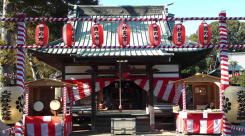
Myouken-do
It dedicates Hokushin Myouken Star that the Chiba Family deeply believed in , Hokekyoji traditionally succeeds. In November, Tori-no-ich is held in the site to dedicate the star.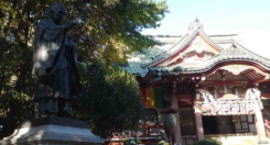
Oku-no-in (the first place where Nichren had preached at)
The founder Nichiren preached first time at the Toki's castle called Wkakamiya Yakata. And Toki built a temple 'Hokkeji', it is the origin of Oku no In.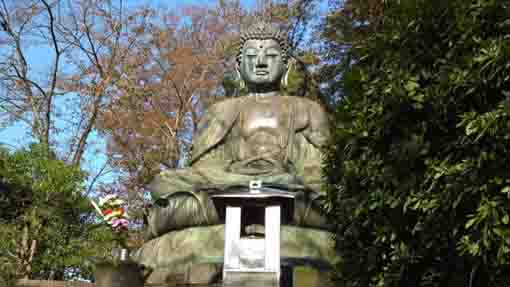
The Great Buddha(The Seated Statue of Shaka Nyorai)
It was built in 1719 by famous caster Ota Suruga-no-kami in Kanda. It is the bigest great Buddha in Chiba prefecture.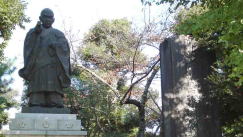
The statue of Nichijo and Naki-Icho
Nichijo was the first abbot of Nakayama Hokekyoji Temple and Naki Icho is a gingko tree having a sad legend.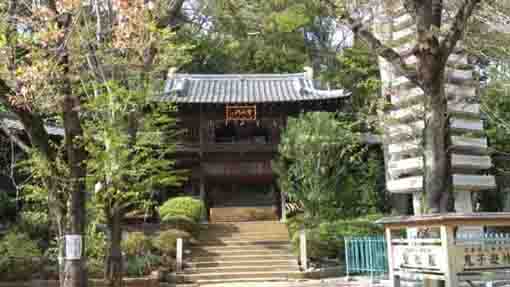
Kagami-ike-ato (the remain of the pond like a mirror), Emado hall, Hoden-mon gate, Ryuenkyo bridge
There are some other landmarks in Nakayama Hokekyoji Temple.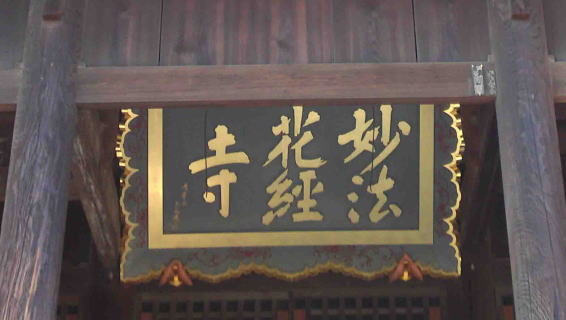
The artists, poets and writers related to Hokekyoji Temple
Koetsu Honami specially remained his calligraphy in Hokekyo-ji Temple, and Shiki Masaoka, Kafu Nagai discribed it well.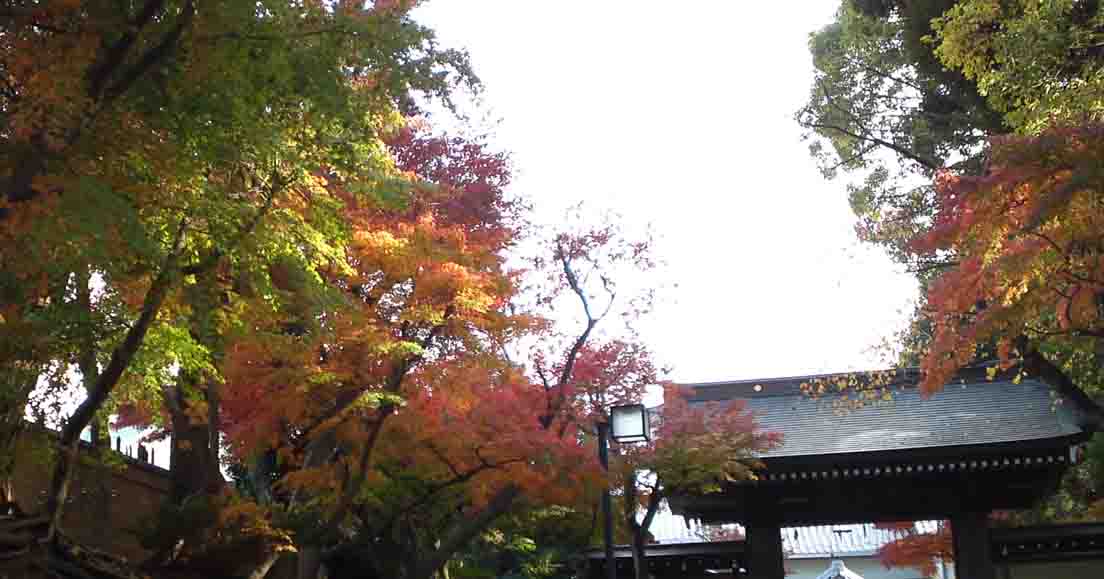
The Tacchu Temples and the Branch Temples in and around Nakayama Hokekyoji Temple
Some tacchue temples are introduced in this page.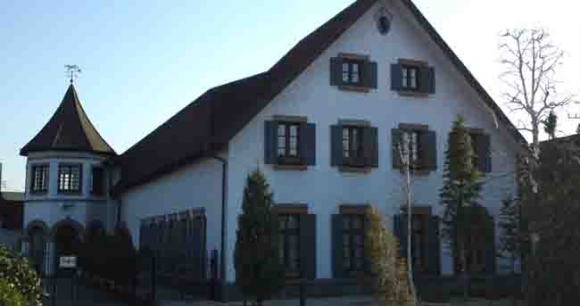
A Walk on the the area around Nakayama Hokekyoji Temple
There are some noted spots, Kaii Higashiyama Memorial Hall and so on, near Hokekyoji.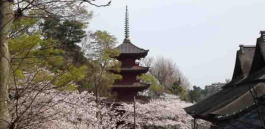
The Popular Viewing Sakura Spot / Nakayama Hokekyoji Temple
Cherry blossoms in Hokekyoji are amazingly wonderful.- 広告 Advertisement -
